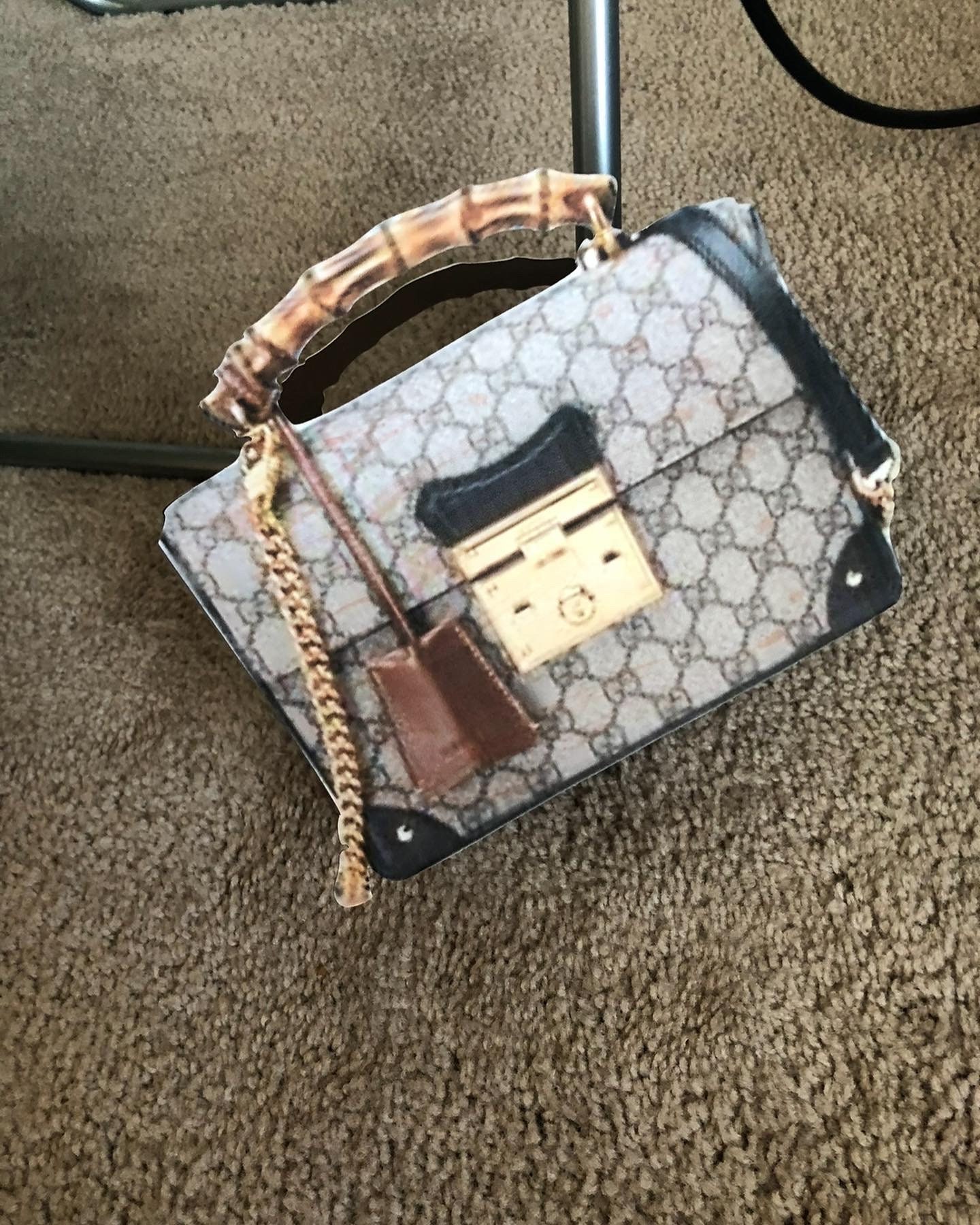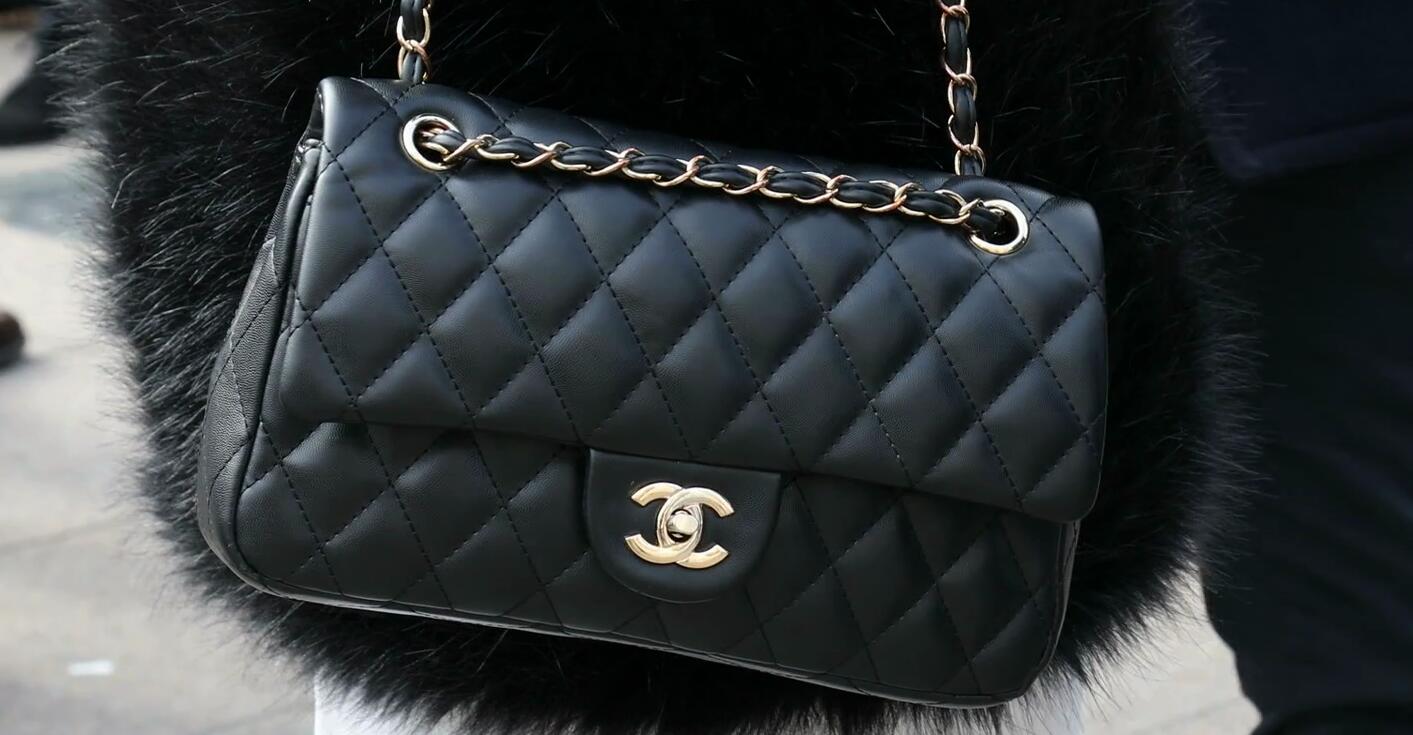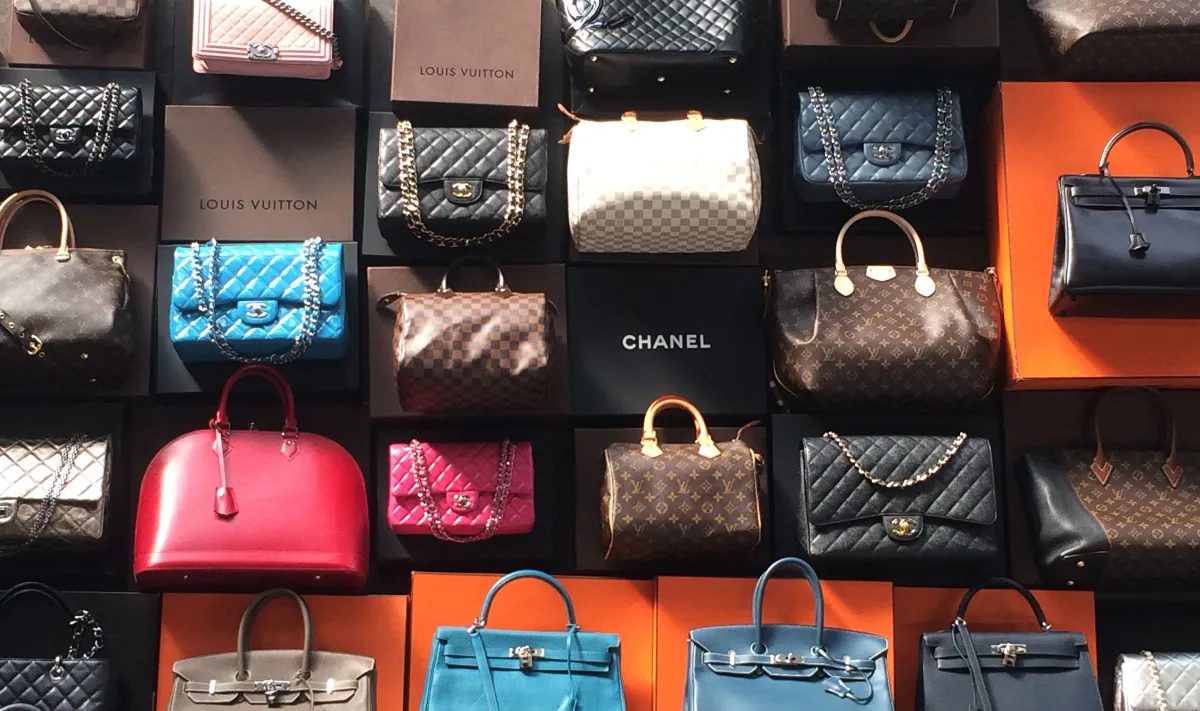Where To Buy Fake Designer Bags

The air hangs thick and humid, a fragrant blend of street food and floral perfume. Bangkok's night market thrums with a frenetic energy; a kaleidoscope of colors, sounds, and smells assaults the senses. Tourists and locals alike jostle for space, their eyes darting from stall to stall, searching for that perfect souvenir, that elusive bargain, that hidden treasure. Among the silk scarves and handcrafted trinkets, a different kind of allure flickers: the unmistakable gleam of a "Chanel" bag, the bold logo of "Louis Vuitton", all offered at prices that seem too good to be true.
This article explores the pervasive and often-murky world of replica designer goods, specifically focusing on where these counterfeit items are sourced and the factors driving their demand. While not endorsing or encouraging the purchase of fake designer bags, this piece aims to provide an informative overview of this complex phenomenon, examining the motivations of buyers, the global supply chains involved, and the legal and ethical considerations at play.
The Allure of the Brand
The desire to own a luxury item is often driven by more than just practicality. Brands like Prada, Gucci, and Hermès have cultivated powerful images of sophistication, success, and status. Owning a piece from one of these brands can represent an aspiration, a way to signal belonging to a certain social group, or simply a reward for hard work.
However, the high price tags associated with genuine designer goods place them out of reach for many. This creates a significant demand for affordable alternatives, fueling the counterfeit market.
Sourcing the Replicas: From Back Alleys to Online Marketplaces
The sources for fake designer bags are diverse, ranging from physical markets in specific countries to sophisticated online networks. Understanding these sources is crucial to grasping the scale of the problem.
The Global Hubs
Certain regions have become notorious for their production and distribution of counterfeit goods. China, in particular, is often cited as the primary source of many replica items, including designer bags.
According to a 2017 report by the Organisation for Economic Co-operation and Development (OECD), China is "the leading producer of counterfeit goods," accounting for a significant portion of global seizures. Other countries, such as Turkey and Vietnam, also play a role in the manufacturing and distribution of fake designer goods.
The Physical Markets
As seen in the opening scene of this article, bustling markets in Southeast Asia, like those in Bangkok, Thailand, or Ho Chi Minh City, Vietnam, are often hotspots for finding replica bags. These markets operate with a degree of openness, though vendors are typically discreet about the true nature of the goods, often using code words or hidden displays.
"Look, but don't touch," one vendor in a Marrakech souk whispered, gesturing towards a selection of beautifully crafted leather bags, clearly imitations of well-known European brands. The price point was dramatically lower, a clear indicator of their non-authentic nature.
The Digital Domain
The internet has revolutionized the counterfeit market, providing a platform for sellers to reach a global audience with ease. Social media platforms like Instagram and Facebook, while often cracking down on counterfeit sales, can still be used to promote and sell replica bags.
Dedicated websites and online marketplaces also offer a wide selection of fake designer goods. These sites often employ sophisticated tactics to appear legitimate, using high-quality images and detailed product descriptions.
Quality and Craftsmanship: A Spectrum of Deception
The quality of replica designer bags varies significantly. Some are laughably bad, with obvious flaws in the stitching, hardware, and logo placement.
Others, however, are incredibly convincing, made with high-quality materials and meticulous attention to detail. These "super fakes" or "triple-A replicas" can be difficult to distinguish from the genuine article, even for experienced eyes.
The price often reflects the quality of the replica. A poorly made fake might sell for a few dollars, while a high-quality replica could fetch hundreds.
The Ethical and Legal Considerations
The purchase and sale of counterfeit goods raise a number of ethical and legal issues. Buying a fake designer bag might seem like a victimless crime, but the reality is far more complex.
The counterfeit industry undermines legitimate businesses, causing significant financial losses to designers and manufacturers. It also often supports criminal organizations and can be linked to other illegal activities, such as money laundering and human trafficking, according to the International Anti-Counterfeiting Coalition (IACC).
Legally, the sale of counterfeit goods is a violation of trademark and copyright laws. While buying a single fake bag for personal use is less likely to result in prosecution, selling or distributing counterfeit goods can carry significant penalties, including fines and imprisonment.
The Buyer's Perspective: Why Choose a Fake?
Despite the ethical and legal concerns, the demand for fake designer bags remains strong. The motivations of buyers are varied and often complex.
For some, it's simply a matter of affordability. They desire the look and feel of a luxury item but cannot justify the expense of the real thing. Others may view it as a form of rebellion, a way to challenge the perceived exclusivity and elitism of the luxury industry.
Still others might be unaware that they are buying a fake, falling victim to unscrupulous sellers who pass off replicas as genuine articles. Regardless of the motivation, it's important to be aware of the risks and implications associated with buying counterfeit goods.
Navigating the Ethical Landscape
The world of replica designer bags is a complex one, filled with moral ambiguities and legal complexities. It reflects a broader societal fascination with brands, status, and the pursuit of perceived luxury.
Ultimately, the decision to buy a fake designer bag is a personal one, but it's a decision that should be made with awareness and consideration. Understanding the sources, the quality levels, and the ethical and legal implications is crucial to navigating this often-murky landscape.
Perhaps the pursuit of true style lies not in mimicking the symbols of luxury, but in cultivating a personal aesthetic that is authentic, sustainable, and uniquely one's own. The thrill of finding a truly unique piece, ethically sourced and beautifully crafted, can be far more rewarding than simply acquiring a recognizable logo.


















